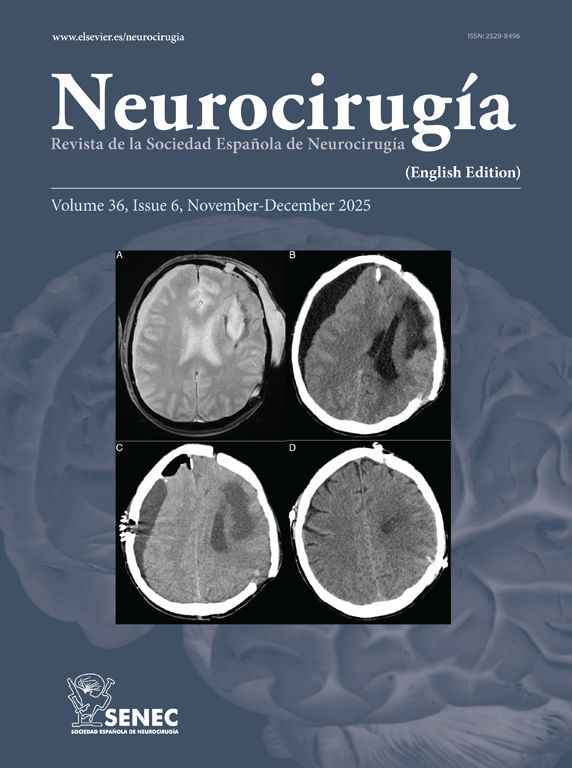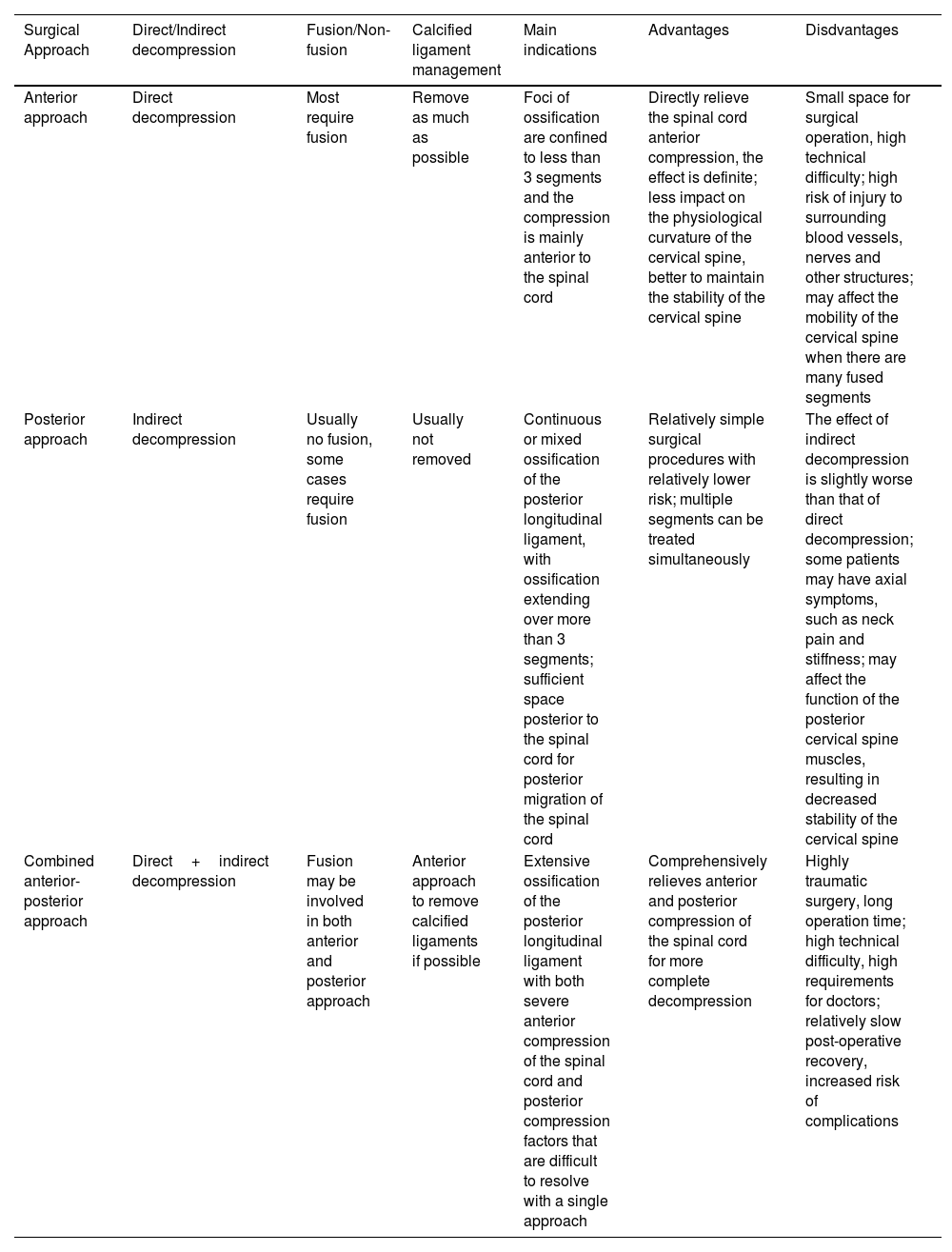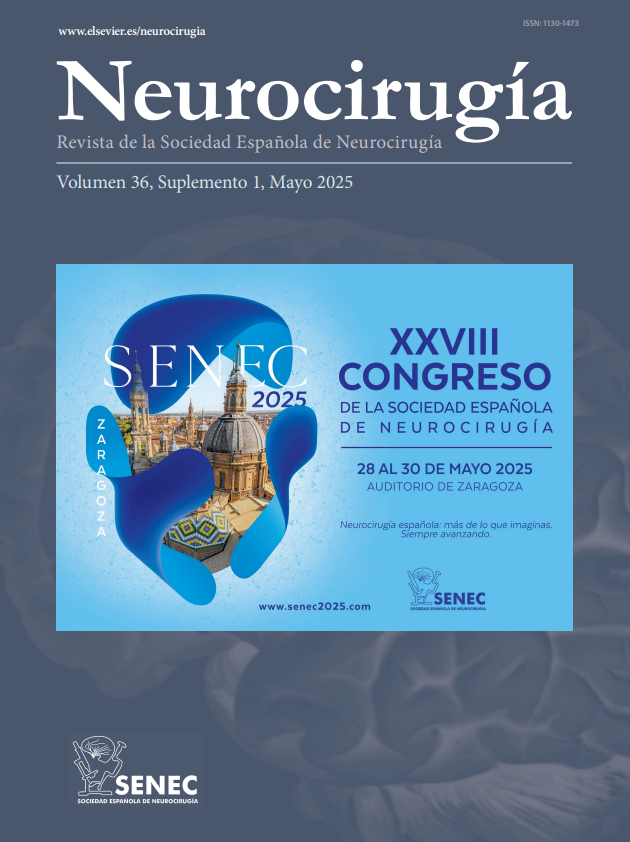This article reviews the literature on the status of cervical OPLL in recent years, and reviews the etiology, clinical manifestations, imaging features, treatment and prognosis. Evidence was collected through PubMed and Google Scholar databases. After screening, weight removal and irrelevant articles, 57 articles were finally included in the review. Imaging is the only way to confirm the diagnosis, and CT and MRI are used to assess the patient's ossified material and spinal cord compression. Because there are hundreds of surgical approaches to cervical OPLL, each with advantages and disadvantages, clinicians must develop a personalized surgical plan based on the patient’s preoperative relevant factors to maximize prognosis. Clinicians should also actively follow up on discharged patients, carefully analyze cases with a poor prognosis, and summarize their experiences.
Este artículo realiza un análisis crítico de la literatura científica reciente sobre la osificación del ligamento longitudinal posterior cervical (OPLL), examinando su etiología, manifestaciones clínicas, hallazgos imagenológicos, abordajes terapéuticos y factores pronósticos. La selección de estudios se efectuó mediante una búsqueda sistemática en las bases de datos PubMed y Google Scholar. Tras aplicar criterios de inclusión/exclusión, eliminar duplicados y artículos de baja relevancia metodológica, se integraron 57 publicaciones en esta revisión. Los estudios de imagen —particularmente la tomografía computarizada (TC) y la resonancia magnética (RM)— constituyen herramientas diagnósticas fundamentales para evaluar la extensión de la osificación y el grado de compresión medular. Dada la amplia variedad de técnicas quirúrgicas disponibles para el manejo del OPLL cervical, cada una con indicaciones específicas y perfiles de riesgo-beneficio diferenciados, se enfatiza la necesidad de diseñar estrategias quirúrgicas personalizadas basadas en factores clínicos, radiológicos y características individuales del paciente, con el fin de optimizar los resultados funcionales. Adicionalmente, se subraya la importancia del seguimiento posoperatorio proactivo y el análisis retrospectivo de casos con evolución desfavorable para refinar los protocolos clínicos.
Article

If it is the first time you have accessed you can obtain your credentials by contacting Elsevier Spain in suscripciones@elsevier.com or by calling our Customer Service at902 88 87 40 if you are calling from Spain or at +34 932 418 800 (from 9 to 18h., GMT + 1) if you are calling outside of Spain.
If you already have your login data, please click here .
If you have forgotten your password you can you can recover it by clicking here and selecting the option ¿I have forgotten my password¿.








